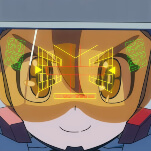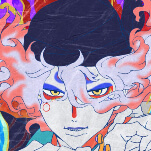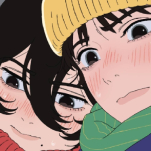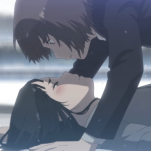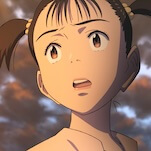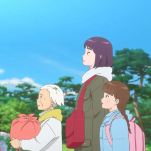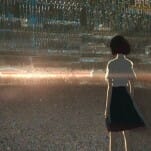Suzume Is a Familiar Tale of Mourning from Makoto Shinkai
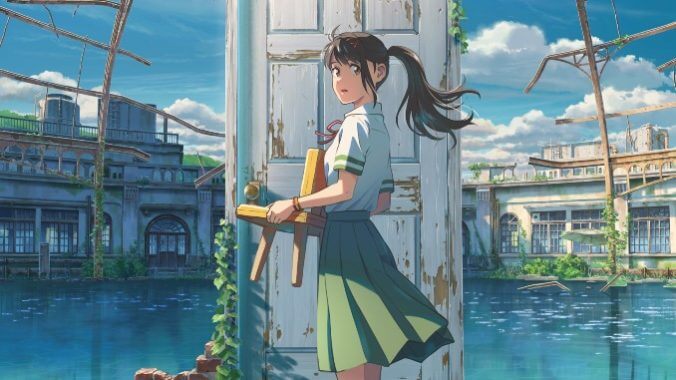
Makoto Shinkai had already courted comparisons to legendary director Hayao Miyazaki when his 2016 film Your Name. rewrote records—and expectations—for anime around the world. Shinkai’s filmography had come to be characterized by love stories and blue skies, but also by existential threats and apocalyptic events. And from the thematic exploration of severed connection in 5 Centimeters per Second (2007) to the grotesquely beautiful realism of The Garden of Words (2013), Shinkai’s filmography had already done everything it had ever set forth to, realizing the earliest visions of a young animator’s single-handed passion projects.
Shinkai’s anime has always revolved around similar imagery, themes and characters. While his earlier films were certainly popular in Japan, they never took off elsewhere. Until Your Name. Your Name. may have just been the right order of those individual elements at the right time, but that would ignore the film’s appeal to young Gen Z audiences. The unrelentingly beautiful animation of shooting stars and skylines draws viewers, but the seemingly apocalyptic events permanently altering Japan’s countryside keeps us emotionally invested. Your Name, with its destructive, fate altering comet, was not just an allegory for one of the deadliest, costliest and most powerful natural disasters in history, it is also by far the most well known commentary or reflection on the 2011 Tōhoku earthquake and tsunami. In Suzume, Shinkai goes back to this inflection point in his career and his country. He goes back to 3.11.
Suzume Iwato (Nanoka Hara and Nichole Sakura) is an orphan from Tohoku. The 17-year-old lives in Kyushu with her aunt Tamaki (Eri Fukatsu and Jennifer Sun Bell), when a mysterious and very pretty boy crosses her path looking for a door. Sōta (Hokuto Matsumura and Josh Keaton), a Closer, is on the search for doors in Japan’s many abandoned communities. From onsen towns and amusement parks that didn’t survive recessions, to abandoned schools and buried towns, Sōta closes doors that, left open, invite disaster.
It’s a ritual closing, a saying goodbye to a place and its people that Shinkai describes as mourning. “Like we mourn the dead at funerals, I thought it was a good idea to write a story of mourning deserted places,” the director explains. “I wanted to write a story of closing and locking the door, and finding a place to start over.” The premise evokes the very real observations of Japan-based writer Richard Lloyd Parry, who in the weeks and months after the earthquake and tsunami reported on the rise in ghost sightings and possessions haunting the region. Suzume’s journey across Japan, which takes her back to the overgrown foundations of her old home, then represents a confrontation with the personal, spiritual and national trauma of 3.11.
At its best, Suzume is a film that imagines modern Japan as a post-apocalyptic setting, evoking the animated beauty and “mono no aware” of pastoral iyashikei like Yokohama Kaidashi Kikou. The spectacle of a Shinkai film is part of what people love about them, and here the best of CoMix Wave Films’ panoply is reserved for grass, ruins and stars. The director’s commitment to the real-world likeness of everything from computers and social media to hamburgers and even feet has always been pointed, but it has never felt so integral to the story he’s telling. The same cannot be said for his screenplay.
-

-

-

-

-

-

-

-

-

-

-

-

-

-

-

-

-

-

-

-

-

-

-

-

-

-

-

-

-

-

-

-

-

-

-

-

-

-

-

-

